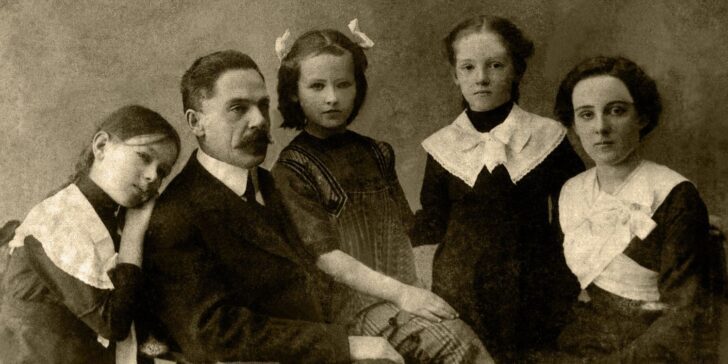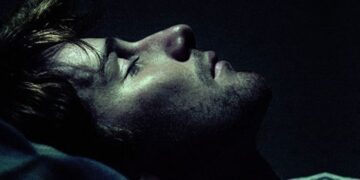Looking at portrait photos from the past, you may notice a common trend.
The first portrait photographs often depict adults and children looking serious and not smiling.
This can even be seen in photos of weddings and celebrations where you expect happiness and joy.
You will mostly notice this in portraits taken in the late 18th century and throughout the 19th century.
But why did people not smile in front of the camera? There are many theories and thoughts about why people lack expressions of joy in photos.
In this article, we will look at the history of photography and the traditions around portraiture.
Early cameras made portraits challenging to capture.
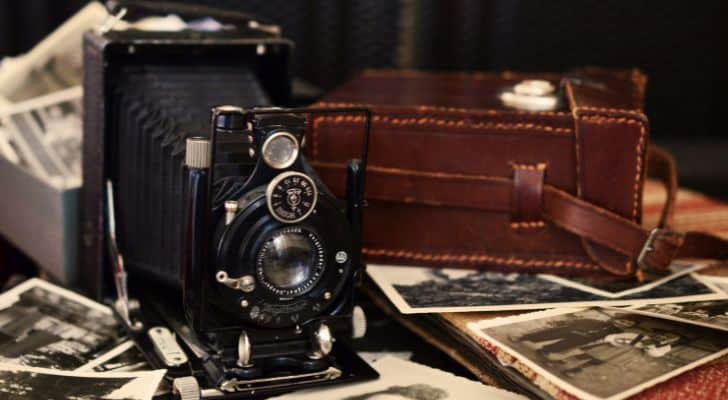
One of the most common reasons is that photos used to take a long time to expose. The first cameras were not as instant as taking a photo on your phone today.
Photos took time to expose, meaning the subject had to sit still for a long time.
On average, the first cameras took around 20 minutes to take a photo. The subject needed to stay as still as possible to get the highest quality photo.
The movement would cause the photo to blur and the subject to be out of focus.
Therefore, sitting with a relaxed face rather than holding a smile for 20 minutes was easier.
But this wasn’t the only factor as camera quality increased over the years and, by 1900, had become very advanced for the time. By the 1900s, cameras could take a photo in around 20 seconds.
The introduction of the Brownie and other cameras reduced exposure times, meaning that people could hold a smile.
They were slow by today’s standards but fast for the time.
Portraiture photography was initially seen as an alternative art form to painting.
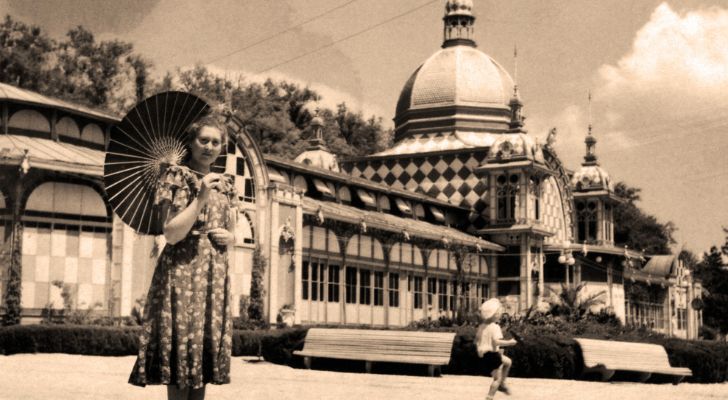
There are also ties with the idea of portraits being a special moment to document a person’s existence.
Before cameras, this would have been hand-painted, which would have taken hours.
The idea of having a portrait done was associated with a special occasion, whether it be to commemorate a birthday, achievement, or celebration.
The idea of a portrait was to take time to capture the significant moment. This tradition was passed on even when cameras came into play.
It is thought that people of the time carried this mentality of it being a serious and significant moment even when photography was introduced.
The Victorian obsession with portraits of the dead.
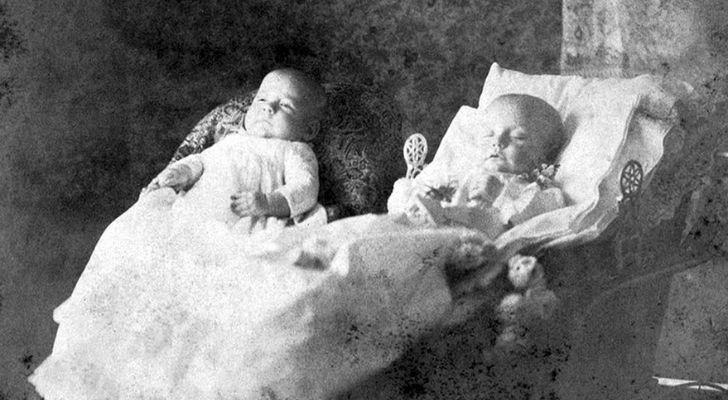
Another reason you see people looking serious could be the Victorian tradition of taking photos of the deceased.
Cameras made the ability to take photos more accessible and more manageable.
In Victorian times, it became increasingly popular to photograph the dead. This is because, unlike today, photos were seen as a way to capture a ‘frozen presentation’ of a person.
As opposed to today’s association of photography being used to capture a moment in time.
Once a loved one passed away, they would be dressed in black and placed upright to be photographed. This was somewhat of a documentation process and was seen as a passage to immortality.
These portraits are often thought to have been why people associate some of the first portraiture photography with seriousness.
However, the photos were just a style of portraiture.
Smiling was disapproved from 1800 to the 1900s.
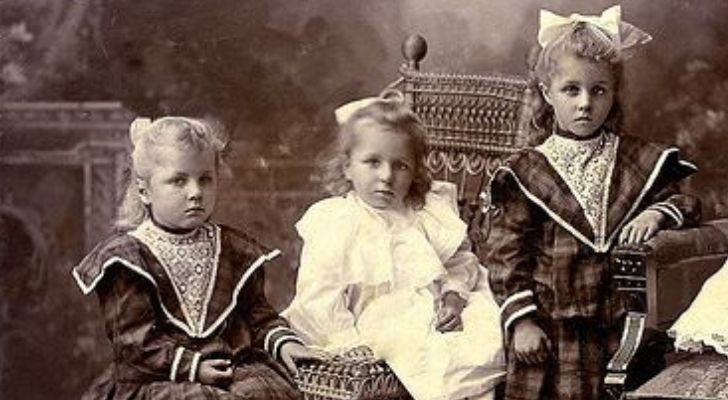
As well as having an unusual interest in photographing the dead, the Victorians and Edwardians disapproved of smiling.
At the time, smiling was considered idiotic and a lower-class action.
Being serious and keeping a straight face was believed to be the most powerful and elegant facial expression.
Although there is no way of proving this theory, it can be learned through historical texts and documents.
This could be a high contender because no one smiled for photos.
It was seen as foolish to smile, so looking serious was important in portraits.
In Conclusion
Overall, people never smile in old photos for various reasons. The common trend is related to what was acceptable at the time and technical hindrances.
Smiling in photography and portraits was initially challenging due to the time it took to capture an image.
Aside from the technical aspect, another factor is the standards and ideals of the time. For example, smiling was looked down on and was seen as improper.
It’s almost impossible to find smiling portrait photographs from this era, which has fueled the subject’s curiosity.

